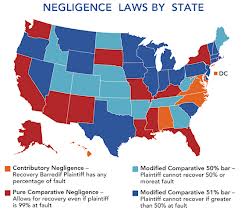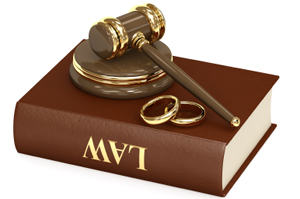Wrongful death laws can vary with the State in the US. Most of these variations revolve around the compensatory claims associated with wrongful death. This article will throw light on the Wrongful Death law practiced by the judicial system in the State of Minnesota.
More on Wrongful death laws
These laws are charged against an act of negligence by a person that might have led to the death of another. These laws are more often concerned with the medical profession. For example a medical practitioner can be negligent and may cause the death of one his patients. Majority of the these acts occur at the time of surgeries or while performing other complicated medical check ups. On rare occasions, medical negligence also occurs when the doctor prescribes a wrong pill to his patient. Compensations can be demanded on the same grounds by the family members of the deceased. The rules regarding filing of these compensations can be confusing for many. Here are the various aspects of filing a lawsuit for the same cause.
Wrongful death statute of limitations
These are limitations placed to prevent a person from claiming compensation after a longer period since the death of a person. According to theWrongful death statute of limitations of the State of Minnesota, the lawsuits regarding wrongful death are supposed to be filed within a specified period of time. Most often the specified period is for 3 years after the date of death of the individual. Here, the most important clause or condition is that the family of the deceased person should prove that the death of the individual was caused due to the negligence of another individual. The submission period of lawsuit with regard to medical malpractice is also 3 years post the date of death. This time limit can be extended in rare cases.
The eligibility criteria in order to file lawsuit
Under the norms of the law, the family members of the deceased are eligible to file the wrongful death lawsuit. According to the laws of Minnesota, a special terminology is used to refer the family members of the deceased person. They are called the wrongful death trustees.
Now, the filing of the lawsuit cannot be performed by a distant relative of the individual. This has to be done either by the parents, wife or the children of the deceased individual. Wrongful death trustess are eligible for compensations only if the evidences are produced to support the claim that death was caused due to gross negligence.
Google+



















